I’m a half-serious history buff, meaning history was one of my favourite subjects and I have an ongoing middling interest in it.
That said, I’m unlikely to delve into a 600-page academic tome, for example, on the colonisation of Australia. I don’t quite have the stamina for such endeavours and thus remain only half-baked in my history efforts.
Yet in some ways, I have an insatiable appetite for learning, especially when it comes to gaining a better understanding of our past as humanity and the social conditions surrounding us.

And so over the years, I’ve visited plenty of historical and archaeological sites, both gruesome (concentration camps, battlefields, massacre sites…) and more pleasant (royal palaces, castles, temples…). Not everyone is into turning holidays into history lessons but visiting actual sites brings dry history books and head knowledge to life.
Head to Trier, Germany, and strangely you’ll find yourself stepping back into Roman times.
AN EXCEEDINGLY BRIEF HISTORY OF TRIER
The first time I went to Trier was in the mid-1990s on a family holiday. This was when going on holidays with your parents as a teenager was still seriously uncool!
So I don’t remember much of Trier from my first visit beyond eating cake and visiting the imposing Porta Nigra. I got much more out of my second visit to Trier, this time with the husband in tow on our 2-week road trip around southern Germany.
Dating back to 17 BC (yes), it’s a city that can look back at more than 2,000 years of local history. Even for Germany that’s a long time.
Founded during the Roman Empire, it comes as no surprise that you can find remnants of its Roman past in Trier (known as Augusta Treverorum during the Roman era). What is surprising though is how many archaeological finds there are and in what good nick they remain.

Importantly, the town became the administrative seat of the Romans in the Western reaches of the Roman Empire, leading to a building boom and increased trading, and hence why we have Roman monuments galore in Trier.
TIPS FOR VISITING TRIER
- Trier is easily accessible by train (from Koblenz and Saarbrücken) but there’s also plenty of car parking. I can’t remember where exactly we ditched our campervan but I remember that parking fees weren’t prohibitive like they can be in so many German cities.
- Most monuments are within walking distance, except perhaps for the Igel Column and the Roman Villa Otrang. Both are best reached by car.
- Admission to the Roman monuments is relatively inexpensive (about 4€ each) and only charged for the Porta Nigra, Imperial Baths, Forum Baths and the Amphitheatre. If you want to visit them all, a good option is to buy the Antikencard premium (18€), which offers access to either two or all four monuments, plus the archaeological museum. There’s also a basic version of the Antikencard that allows admission to two monuments and the museum (12€). You can buy the card directly at the sites (or at the tourist information).
- If you love guided tours, join one of the Toga Tours with a Roman legionnaire. They rather sound like fun but are definitely on the pricey side (120€ per person, 2 hours) and mostly only offered on weekends during summer. Tours take you into the Porta Nigra and Imperial Baths.
ROMAN RUINS IN TRIER: WHAT TO VISIT
Since 1986, Trier has been a UNESCO World Heritage site. It’s not hard to see why when you wander around the town and explore the incredibly well-preserved Roman ruins.
1. PORTA NIGRA (THE BLACK GATE)
The Porta Nigra is indeed quite black.
This impressive gate is right in the heart of Trier, and hailed as the best preserved Roman city gate north of the Alps.
Built around 170 AD, it’s really quite amazing to wander around a structure that has stood for almost two millennia.
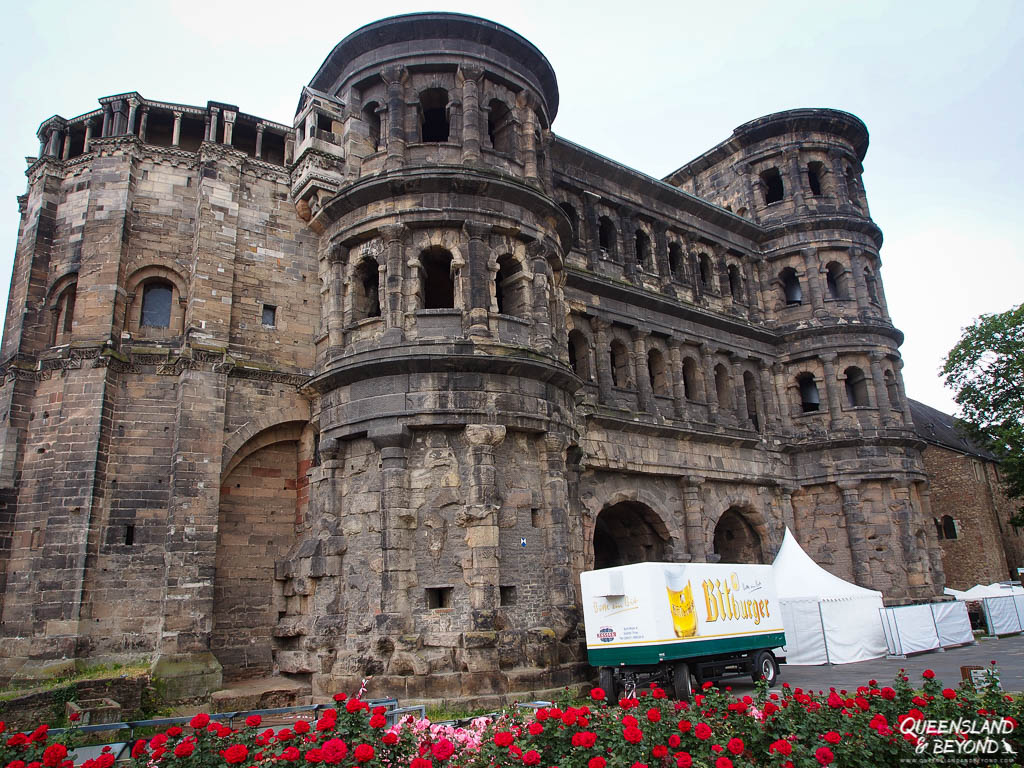
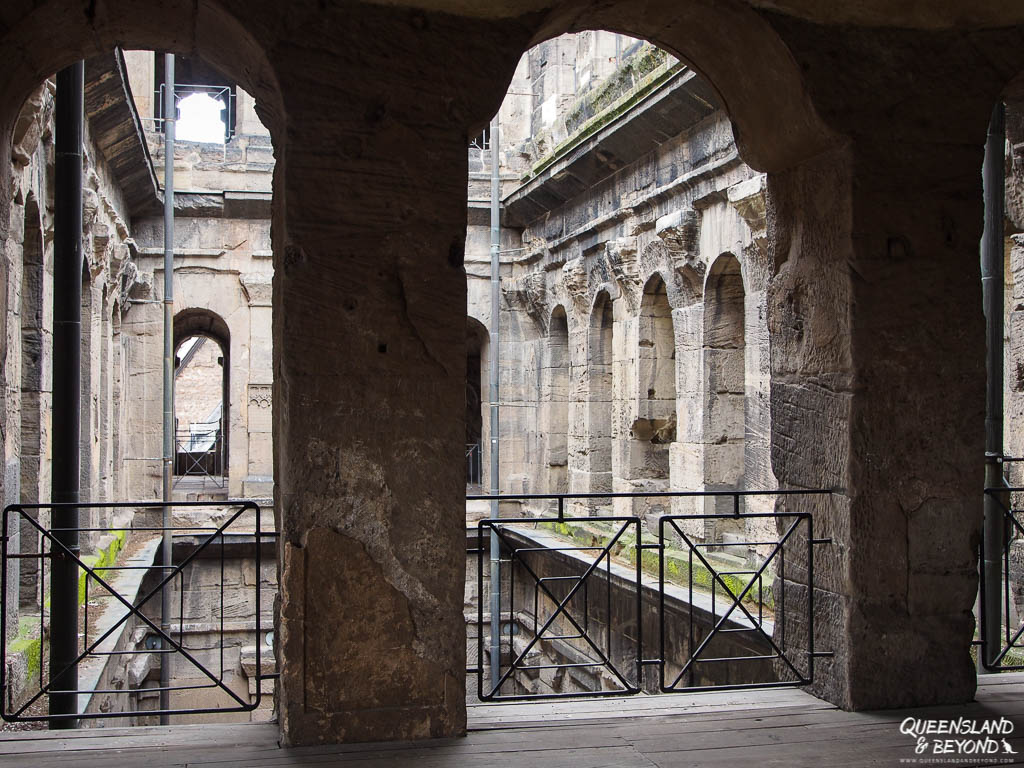
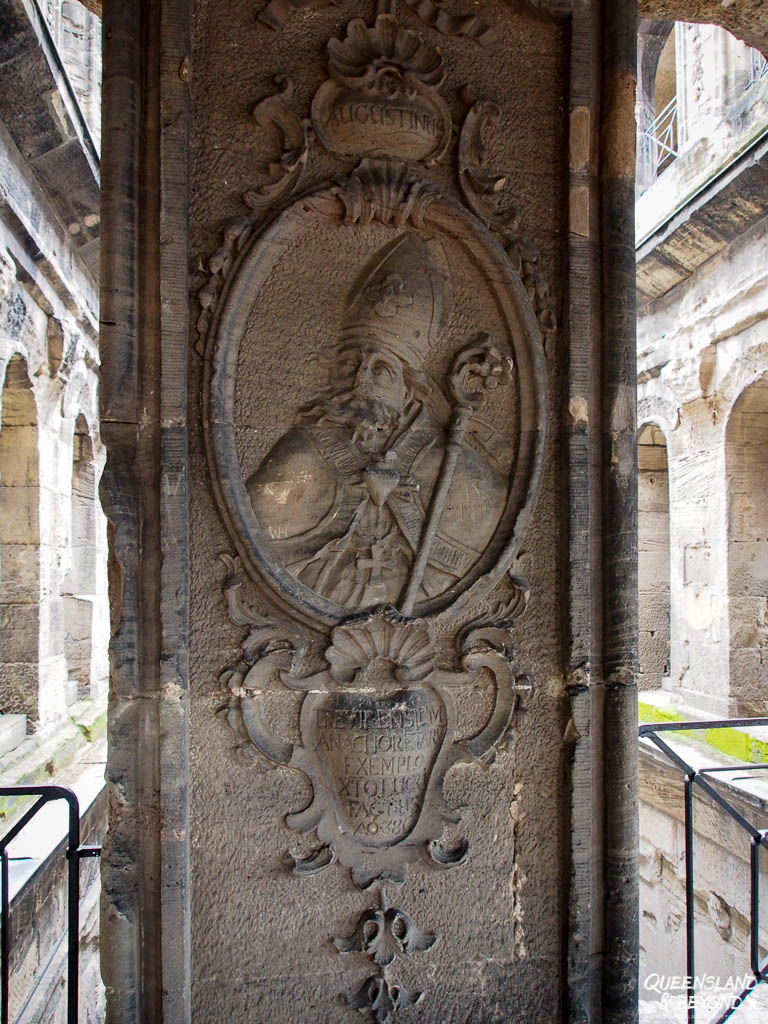
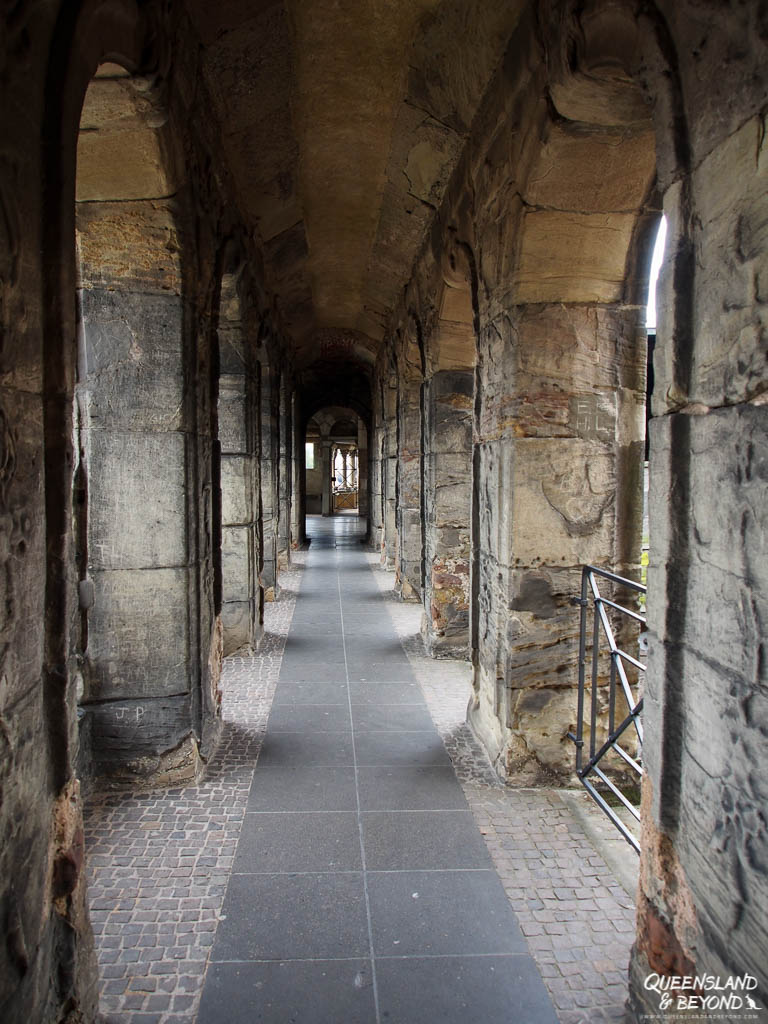
The Porta Nigra makes for a good introduction to the Roman ruins in Trier as it functions as a sort of information hub and offers details about life in Roman Augusta Treverorum, including a model of what Trier would have looked like back then.
The views from the upper level aren’t half-bad either, especially if you’re there when it’s not drizzly and overcast. And if you fancy it, you can even take a walking tour with a Roman legionary.

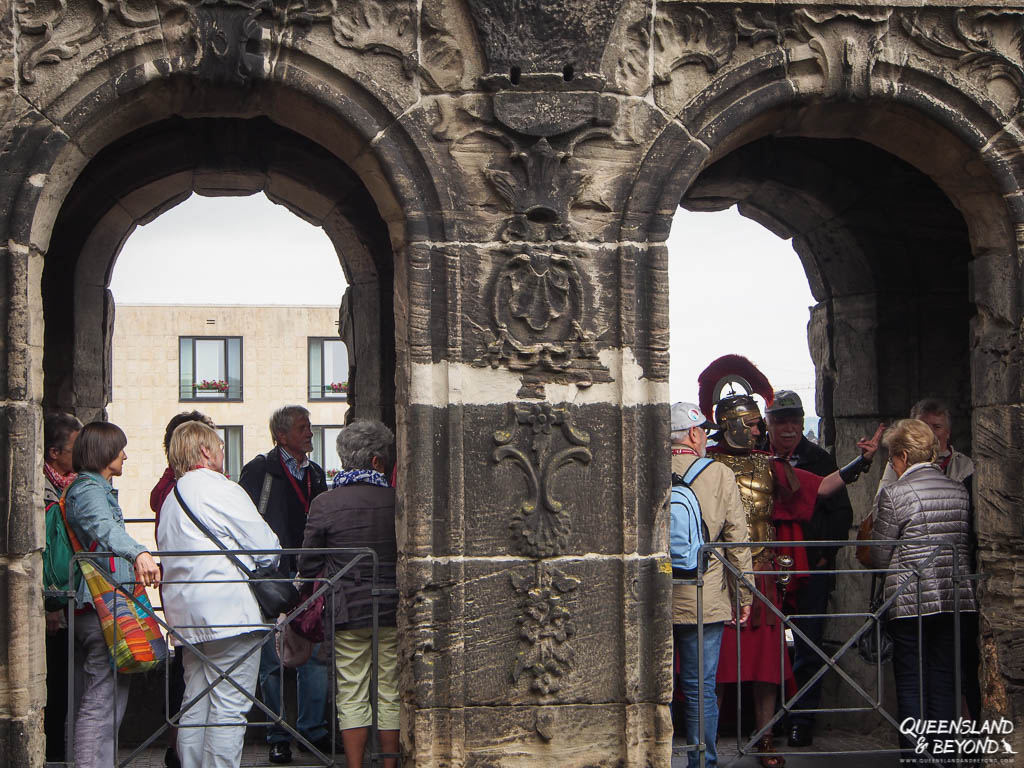
2. KAISERTHERMEN (IMPERIAL BATHS)
Our next stop was the Imperial Baths, and we honestly didn’t expect much.
But if you’ve got even a little bit of child-like fun in you, you’ll enjoy these.
The Imperial Baths have always been ruins. Initially planned as public baths, they were never actually completed. Instead, the site underwent a series of building works, stoppages, re-construction, and demolitions, which, in the end, spanned centuries.
In later centuries, parts of the site were used for a castle, a convent and the city wall.
Amazingly, what you see today was only excavated during the 1960s, following extensive damage during WWII to buildings previously built on this site. Neat little find, huh?
On the surface, all you see is a large open square and a few walls but underneath is where the wonder lies.
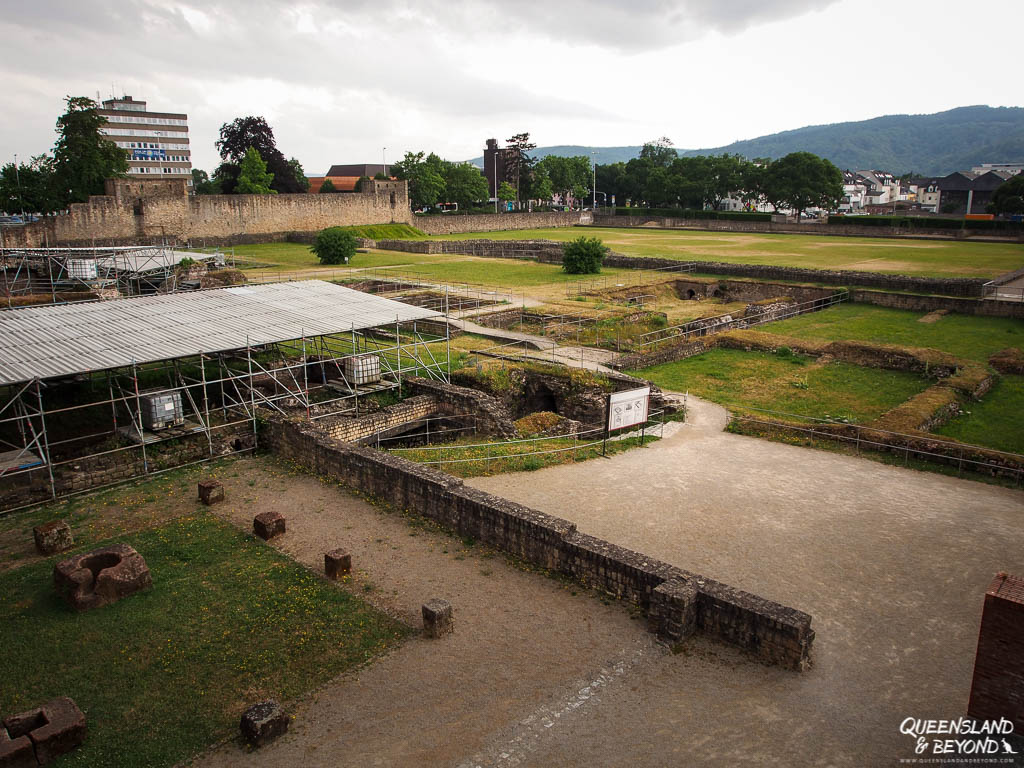
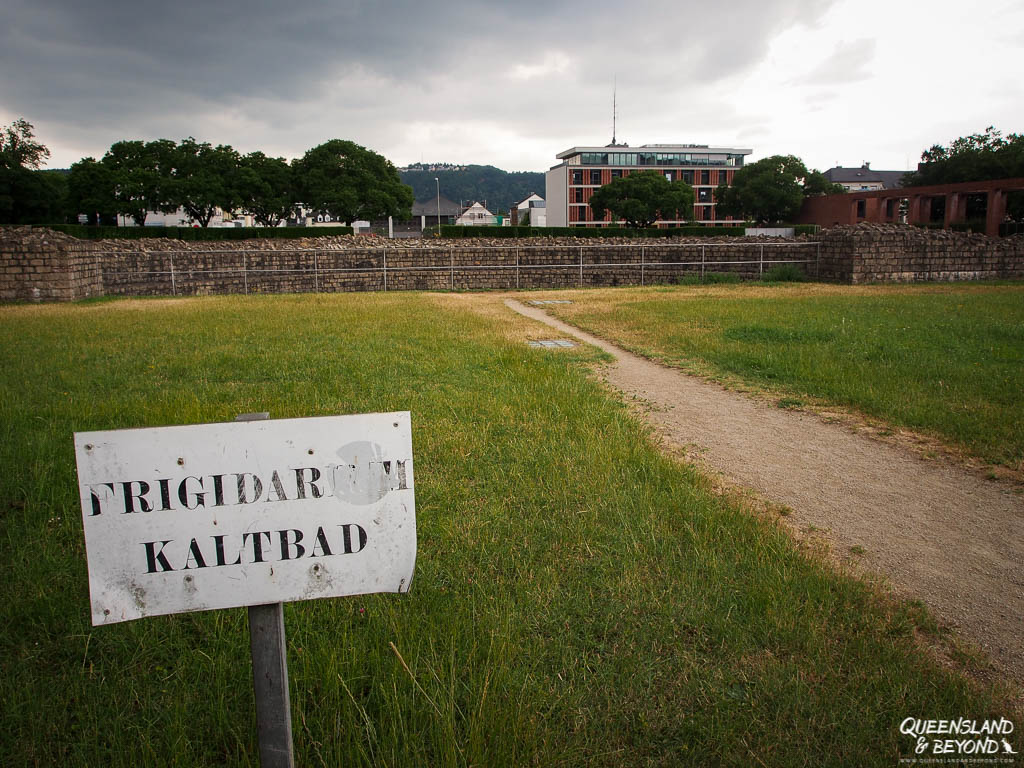
These days you can explore the subterranean labyrinth of the bath’s heating system to your heart’s content, from the cold bath (frigidarium), hints of a pool (piscina), the unheated warm wing (tepidarium) to the hot baths (caldarium, usually heated to around 40°C).
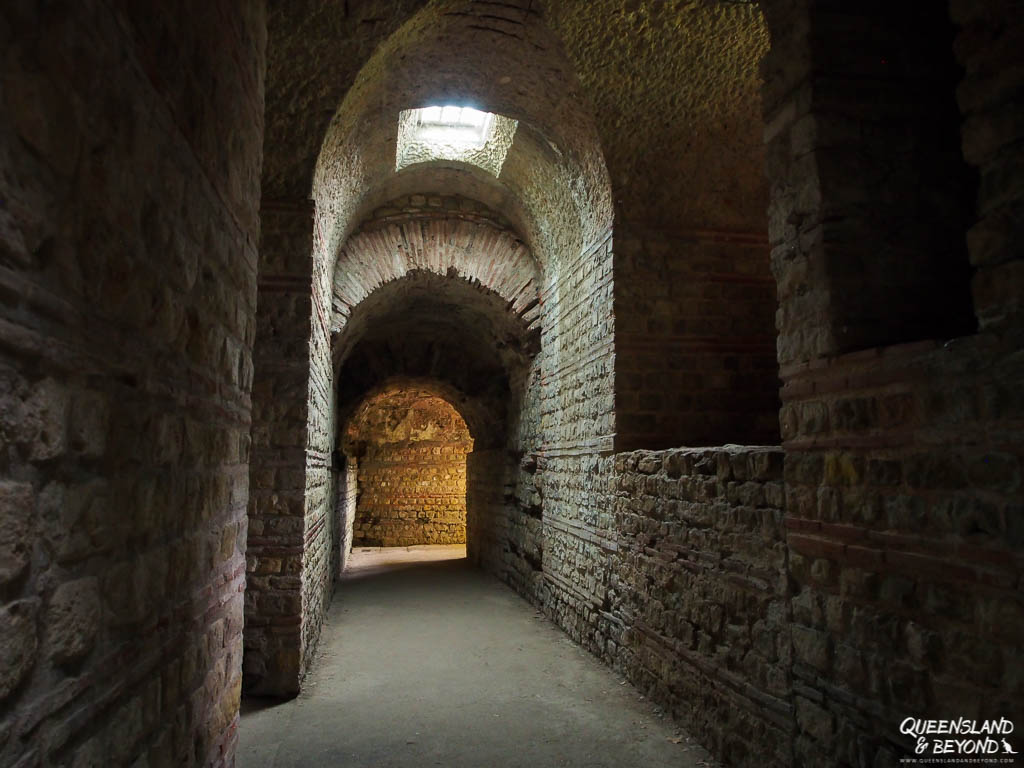
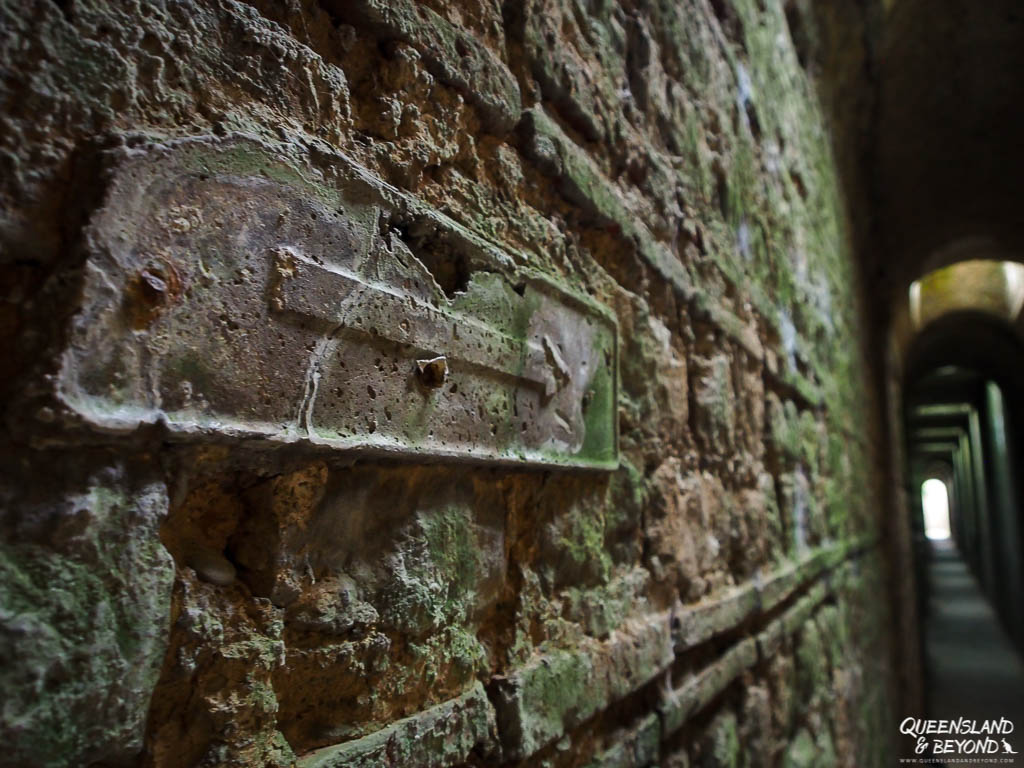
If you’re keen to know how heating systems in Ancient Rome usually worked, pick up a brochure at the entrance. It explains it all in minute detail.
3. AMPHITHEATER
I haven’t been to Rome and had a chance to admire the great Colosseum but if it’s only vaguely like the Amphitheatre in Trier, it must be truly incredible.
Built towards the end of the 2nd century (AD), Trier’s Roman arena was built for entertaining the masses and is said to have seated some 20,000 people, not an insignificant number for the time.
While some of the structure has withered away over the centuries, it’s still fairly easy to imagine the spectacles that must have gone on here. Much of the arena remains standing, flanked by (now grassy) embankments for seating spectators, the entrance passages (which were aptly called ‘vomitorium’), and some of the cages (holding cells for animal or gladiator fights).




Part of the Amphitheatre was used for Trier’s city wall, and you can climb up to a viewing spot and get a much better sense of the size of the arena.
But the real fun all happens underground! Just like at the Imperial Baths, you can explore a subterranean tunnel that once housed a lift platform for acts, props and who knows what other spectacles.
Pick up a brochure from the entrance if you want to know the ins and outs of this fascinating piece of Roman history.
4. KONSTANTIN BASILIKA (IMPERIAL THRONE ROOM)
Now a protestant church, the Konstantin Basilika feels impressive, like you’re walking into a vast, columnless vat. It was built originally as a throne room for Roman emperors, and thus it’s also known as the Imperial Throne Room.
Like many monuments around the world, the throne room experienced a sleuth of destruction, rebuilding, reconstruction, demolition, etc. until it was finally rebuilt in its current shape (and original size) in the mid-19th century.

MORE ROMAN MONUMENTS IN TRIER
We only had one day in Trier and ran out of time to continue our scrambling around Roman ruins. But if you’ve got the energy or an insatiable appetite for all things Roman, you could also visit these sites:
- Barbarathermen (Barbara Baths): The second largest Roman baths at the time (2nd century AD), covering a size of at least six soccer fields. These baths were closed for restoration at the time, otherwise we would have stopped by.
- Thermen am Viehmarkt (Forum Baths): The baths’ remains are covered by a glass structure, making this a good option for a rainy day.
- Römerbrücke (Roman Bridge): First built as a wooden structure around 17 BC, this bridge was constructed as a stone bridge around 71 AD and is still used today.
- Igeler Säule (Igel Column): A sandstone column showing reliefs from Roman times, erected around 250 AD.
- Römervilla Otrang (Roman Villa Otrang): Located some 30 minutes from Trier, the villa is one of the best preserved Roman complexes and includes the villa, several baths, a heating system and temple area. Note that the villa is only open during summer (April-Oct).
- Rheinisches Landesmuseum: Another wet weather day option, the archaeological museum offers insights into Trier during the Roman era and the broader impact that Ancient Rome has had. Free audio guide in English available.
Given that remnants of three public baths can still be found in Trier today, what strikes me is that Rome either wanted its citizens to be clean and to contain diseases, or bathing places were constructed in especially solid ways to have survived this many centuries.
FINAL THOUGHTS
Even if you’re only vaguely into history, you can’t go wrong with visiting Trier and its many UNESCO World Heritage sites.
Across two decades, I’ve spent about two days in Trier and I would honestly plan more time next time. Most of the monuments are within walking distance and most of them are outdoors so you end up walking a lot and my energy levels were more on the exhausted side of things by the end of the day.
If we’d had another day, we could have driven out to the Roman Villa Otrang. I’ve heard the villa complex is quite fascinating and offers some beautiful tiled mosaic floors.
Beyond the Roman artefacts, Trier is also chockablock with Medieval and Early Modern architecture, of which the Kurfürstliches Palais (Prince Elector’s Palace) and its formal garden probably impressed me the most.

Lastly, Trier is also known for being the birthplace of Karl Marx so it would have been interesting to have had the time for visiting the Karl Marx House and learning more about his life.
Happy time travelling,

MORE INFORMATION
There’s a stack of information online about Trier’s role during Roman times. Check out Zentrum der Antike (in English) to get started.
MORE POSTS ON EXPLORING GERMANY’S HISTORY
To get an outdoor taste of a Medieval castle, head to Burg Rheinfels along the Rhine River.
For a glimpse of Prussian splendour, Sanssouci Palace is a feast for the eyes. The extensive parks and gardens are especially beautiful during and spring and summer.
Germany is awash with sites related to World War II, the Kehlsteinhaus (Eagle’s Nest) in the Berchtesgaden Alps is just one of the ones you could visit.
And for a more recent slice of German history, I’ve got a post on where to go to learn about the Berlin Wall.
SAVE TO PINTEREST
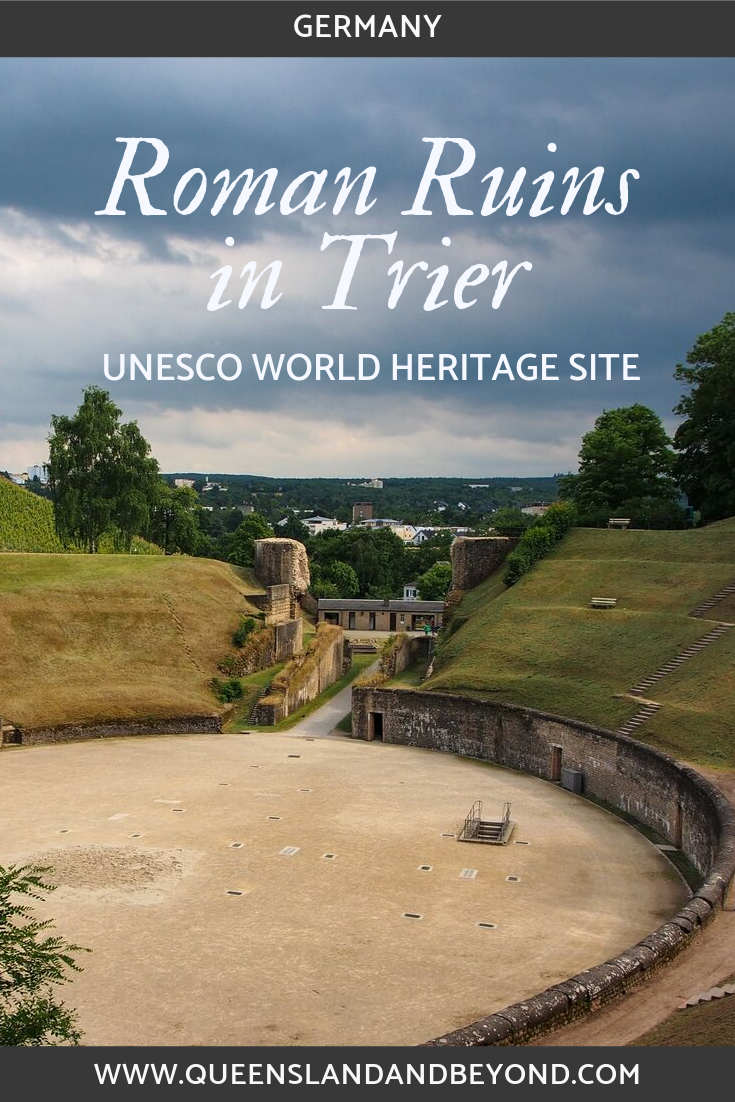

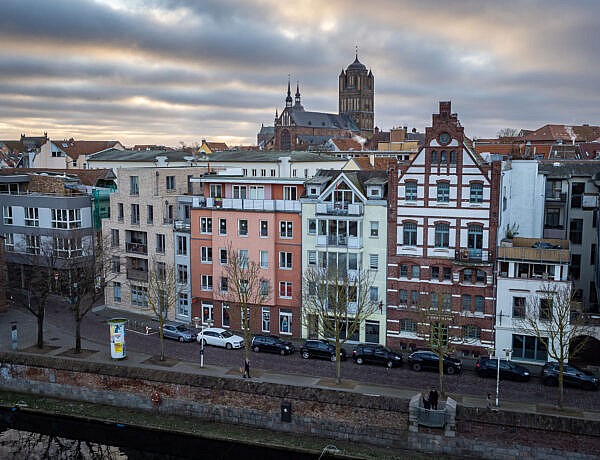
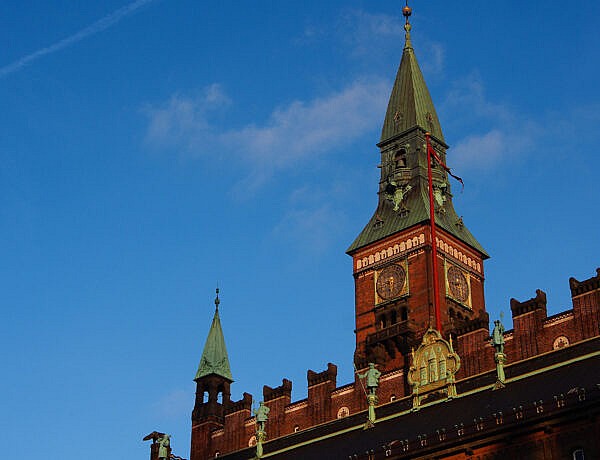
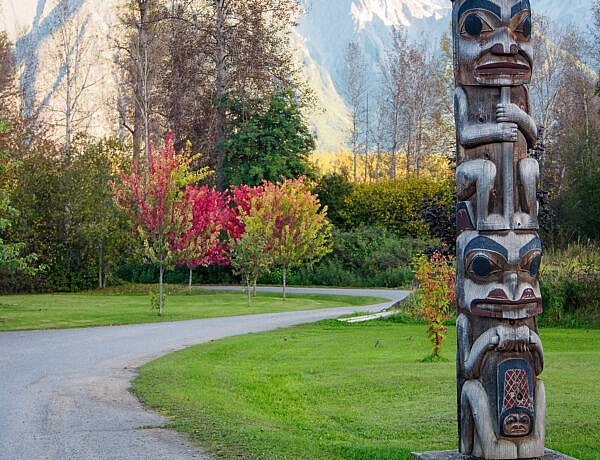

2 Comments
Robbie Potthoff
1 April 2020 at 5:39 AMI went to Trier with my mom twice.loved the roman ruins. Didn’t realize show much history there is in a small city
Kati
4 April 2020 at 9:46 AMHi Robbie,
Yes, the Roman ruins are amazing, aren’t they? Incredibly how so much of them is still standing after 2,000 years… Which one did you enjoy the most?